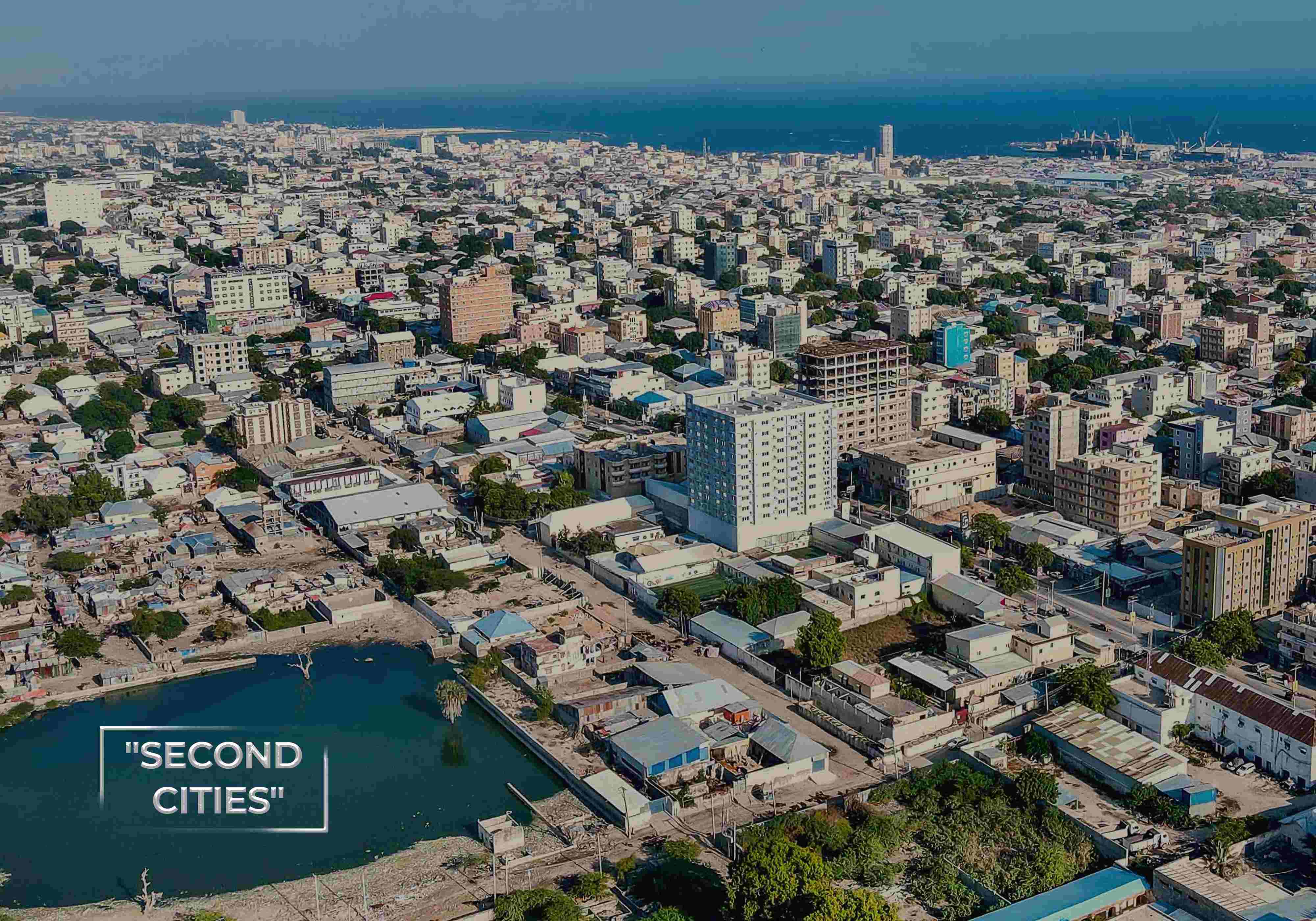A new report highlights the untapped potential of "second cities" in African countries, suggesting that secondary urban centres catalyse economic growth and alleviate population pressures in primary cities.

bird story agency
When Tanzania all but completed its decades-long shift of the country's capital to Dodoma in late May with the inauguration of new presidential offices, the event pointed to a remarkable transformation that is taking place across Africa's urban landscape.
According to a groundbreaking McKinsey report, Africa has traditionally relied heavily on its primary cities. However, with well-articulated interventions, "second cities" are proving they can unlock immense economic growth opportunities.
The report projects that by 2040, Africa will witness the emergence of nineteen cities with populations ranging between 5 million and ten million, while the continent will also see as many as ten more cities with over ten million people joining Cairo and Lagos, in the coming decades.
While this rapid urban population growth presents exciting prospects for economic scaling, it also poses challenges, such as strains on accessing vital resources like water and sanitation.
Astonishingly, the report reveals that only four out of 14 countries in the study have a second city larger than half the size of the primary city.
Nonetheless, some second cities are already surpassing primary cities in economic growth.
"These cities also had a much lower share of poor households, 2 per cent compared with 9 per cent on the continent overall," the report notes.
From Kumasi to Cape Town, Lubumbashi to Douala, a cross-section of second cities demonstrate promising growth signs, which can alleviate population pressures from primary cities.
In Ghana, for instance, Kumasi's average real GDP compound annual growth rate (CAGR) between 2010 and 2019 was close to 8.0%, while the country's average was 7.1%.
Kumasi's remarkable growth is attributed to vital investment commitments from both the public and private sectors.
The city has nurtured its manufacturing subsector, focusing on textiles, agro-processing, and wood products. Thanks to private investment, Kumasi Central Market has become Africa's largest market, housing over 12,000 shops and stalls.
In Cape Town, a comparable progressive tale plays out. Cape Town's economy has emerged as a major engine of the Rainbow Nation's economy.
With a focus on using the tourism sector to power economic growth, the city initiated 20 new international direct flights between 2010 and 2019, raising its visitor base to about 2 million foreign visitors yearly. In the city, the tourism boom has created nearly 200,000 direct jobs and is responsible for 10% of all employment.
The city's tech sector is also flourishing, boasting over 200 fintech, data, and engineering hubs.
"These have been drawn by the city's many universities and low labour costs," the report shows.
Other second cities across the continent, such as Alexandria, Arusha, Mombasa, Kano, and Bulawayo, have also exhibited tremendous growth.
While certain factors like port access, natural resources, and strategic positioning contribute to their high growth rates, the report shows up-and-coming cities can focus on getting the fundamentals of urbanisation right.
Second cities can be supported by identifying their competitive advantages, investing in improving the enabling environment, fostering partnerships to attract investments, and planning and constructing green infrastructure.
In a thought-provoking 2023 white paper essay, Babajide Olusola Sanwo-Olu, the governor of Lagos, emphasises on the Brookings platform the importance of African cities developing confidence in home-grown innovation.
"Africa's cities need to develop the confidence to innovate with a home-grown approach … the only approach that works in the long-term, is tailoring the thinking and problem-solving to the local context," he outlines.
Applying these sorts of innovation and well-thought-out urban and social planning to Africa's "second cities" may well see a number of world-class cities emerge on the continent.
bird story agency





